How does the amplifier match the speaker?
 Nov 15,2023
Nov 15,2023

 Shuoyi
Shuoyi
How does the amplifier match the speaker?
1. Power matching
The specific standard for power configuration between power amplifiers and speakers is that under certain impedance conditions, the power of the power amplifier should be greater than the power of the speaker, but not too large. In general applications, the distortion free rate of the power amplifier should be 1.2 to 1.5 times the rated power of the speaker. In large dynamic situations, it should be around 1.5-2 times. According to this standard, since the power amplifier can be ensured to work in its optimal state, it can also ensure the safety of the speaker. Even inexperienced operators can work stably with speakers and amplifiers as long as there are no serious operational errors or improper adjustments to the front-end peripheral devices.
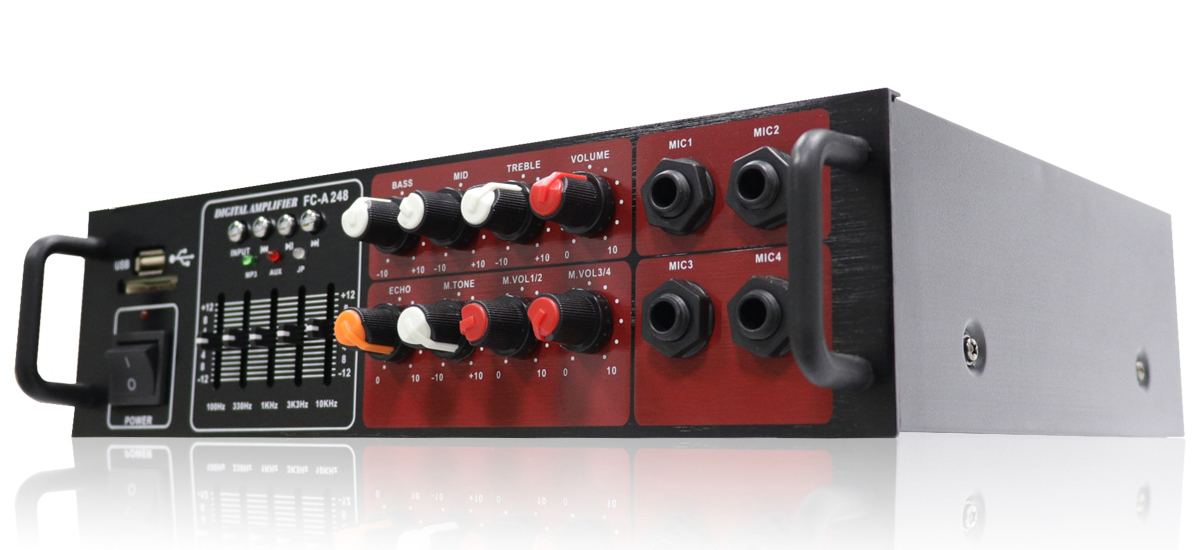
2. Power reserve matching
Compared to transistor amplifiers, electronic tube amplifiers require different power reserves. Transistor power amplifiers should have a power reserve of about 10 times that of high fidelity power amplifiers, 6-7 times that of high-end civilian power amplifiers, and generally 3-4 times that. The electronic tube power amplifier can be much smaller than the above ratio. In addition, to ensure that the speaker can withstand sudden strong pulse impacts in the program signal without damage or distortion, the nominal rated power of the selected speaker should be about three times the theoretical calculation.
3. Induction hardening
The rated output impedance of a power amplifier should be consistent with the rated impedance of the speaker. Currently, power amplifiers used in professional speaker systems generally have fixed resistors. In general, power amplifiers can operate between 4-8 at most. Some audiologists prefer a power amplifier to drive two or more speakers. At this point, it is important to pay attention to the impedance of the speaker. When multiple speakers are connected in parallel, the impedance will decrease. If it is below 2, the power amplifier is easily damaged at this time. This approximate short-circuit operating mode should be avoided.
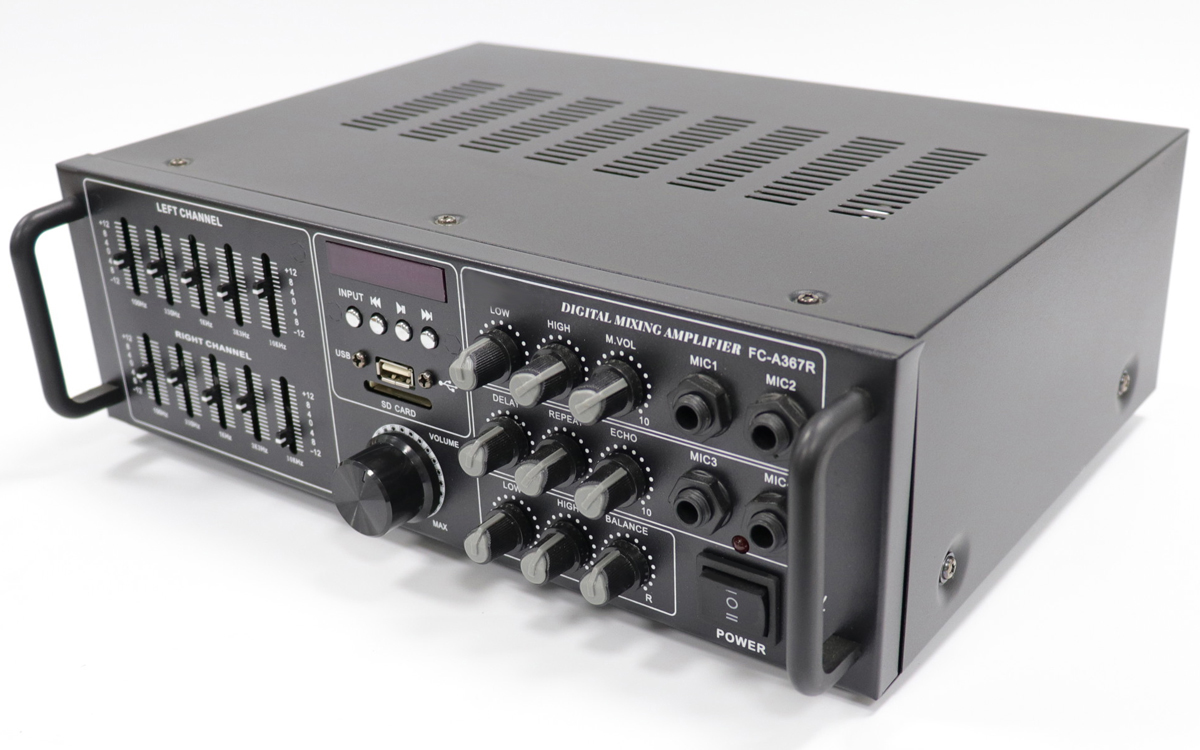
4. Damping coefficient matching
The damping coefficient is the rated output impedance of the power amplifier/the output internal resistance of the power amplifier. Because internal resistance is actually the resistance component of audio, the damping coefficient determines the resistance of the speaker. The higher the resistance, the greater the electrical damping of the speaker, and the lower the transient response index. Generally speaking, the damping coefficient of household power amplifiers should be greater than or equal to 40, and the damping coefficient of electronic tube power amplifiers should be greater than or equal to 6. It is particularly important to match the mechanical mass of the sound with the damping coefficient of the power amplifier without affecting the stability and transient characteristics of the playback.
5. Matching of wires
There are many imported heating and nerve wires, costing over 10000 yuan, followed by 1000 to several thousand yuan. The effectiveness of use is a matter of opinion. Generally speaking, good wire will improve the shortcomings of a certain system in audio equipment. Its transmission theory is too complex to say, it can only be briefly described. The material and structure of the transmission line determine three important parameters, namely resistance, capacitance, and inductance. Although these parameters are slightly different, they all directly affect the frequency characteristics, damping characteristics, signal rate, phase accuracy, timbre orientation, and sound field positioning of the audio system. Its main functions are high-speed transmission, vibration resistance, noise resistance, and anti-interference ability.
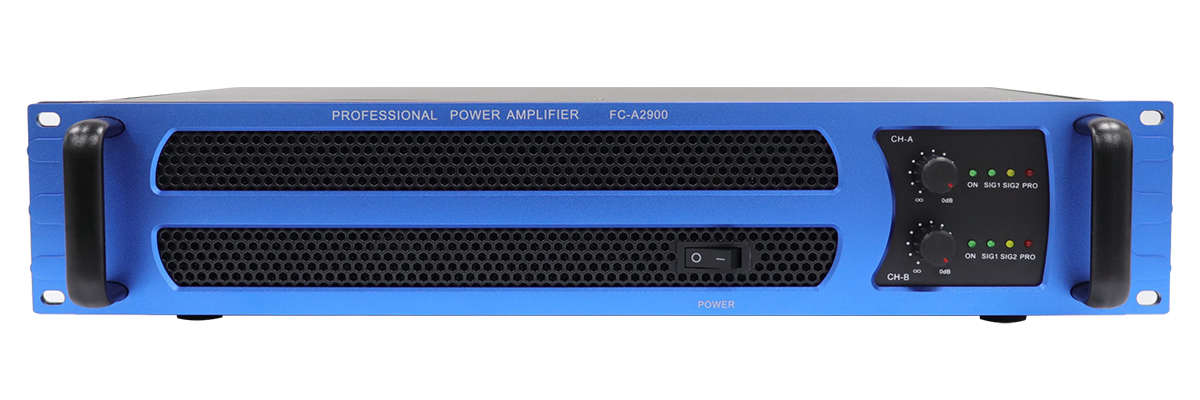

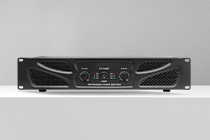
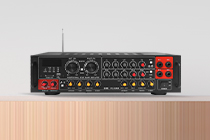
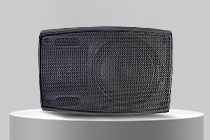


 Home
Home What is an amplifier?
What is an amplifier?  You May Also Like
You May Also Like
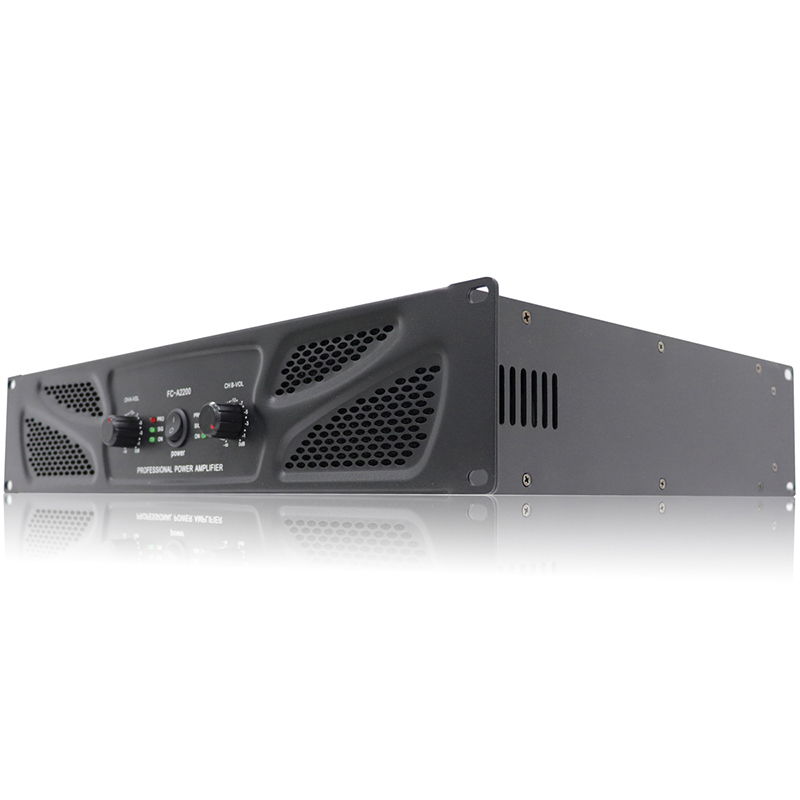

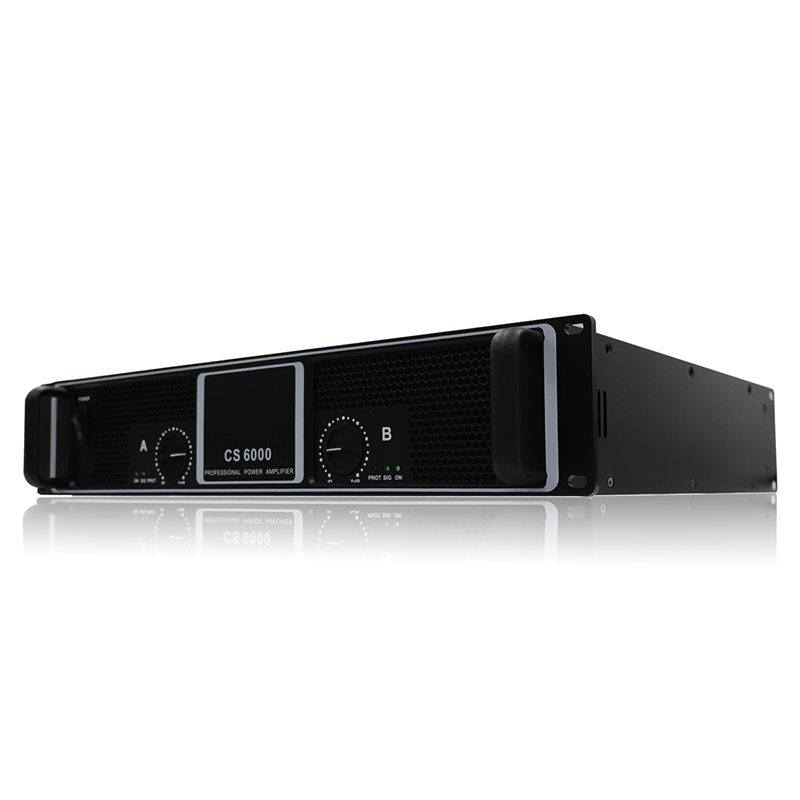
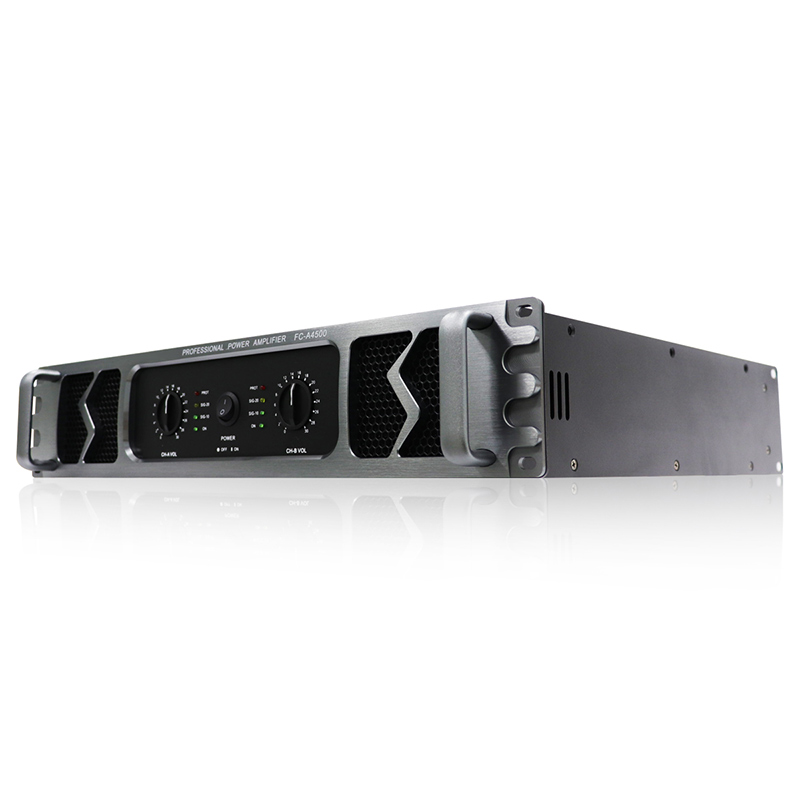
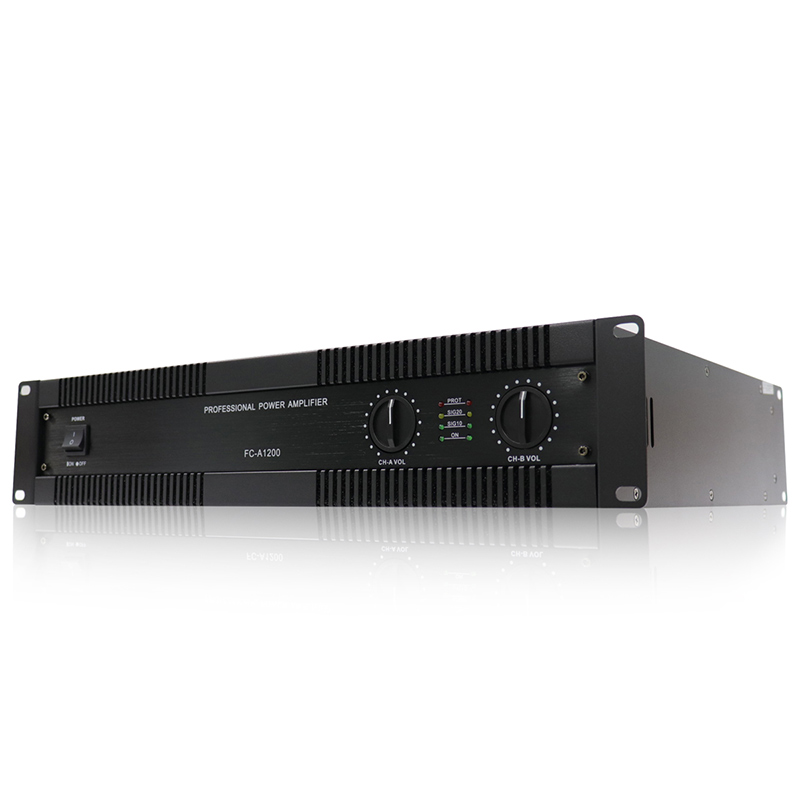
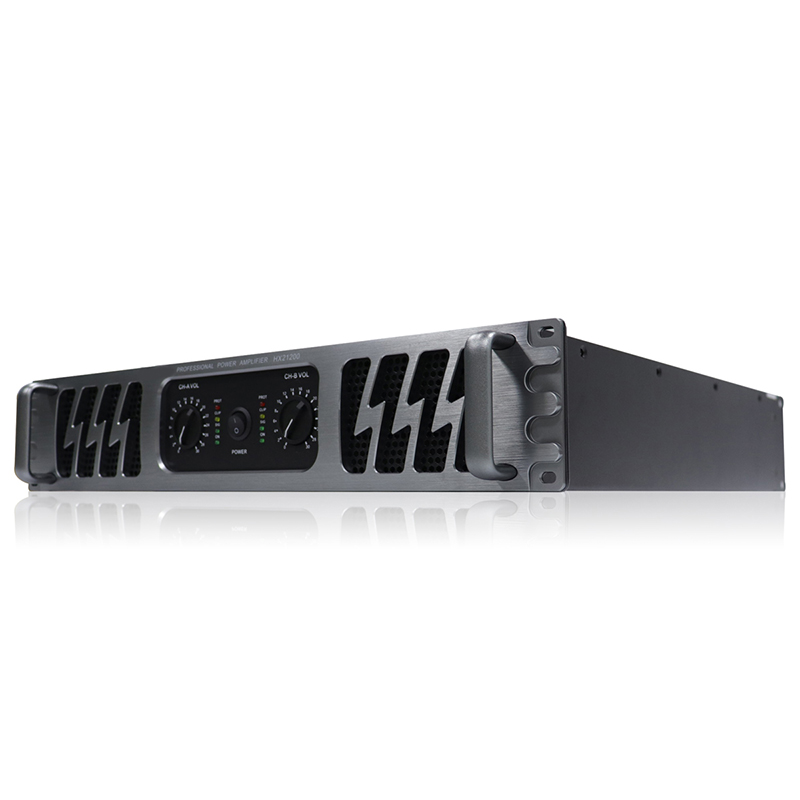
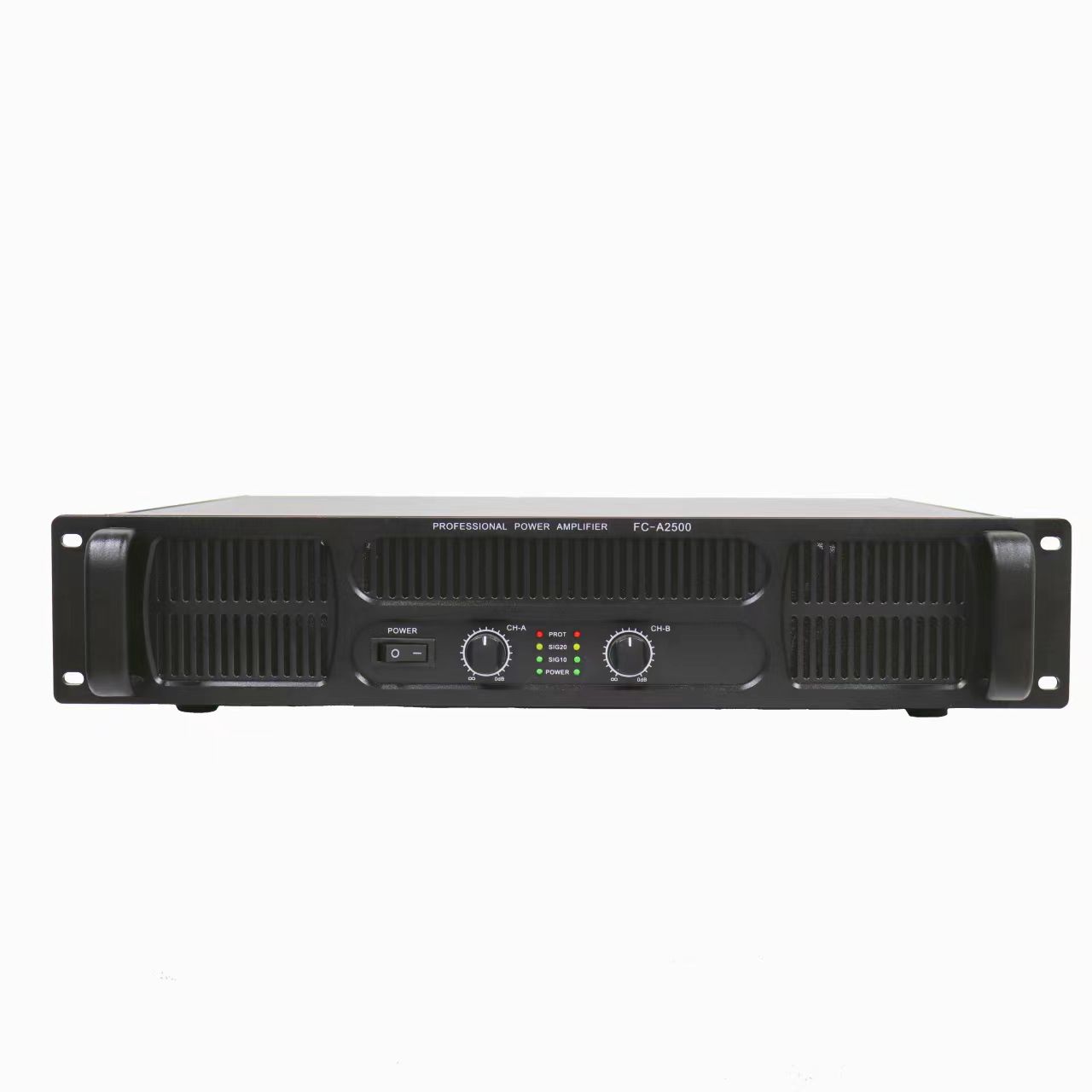
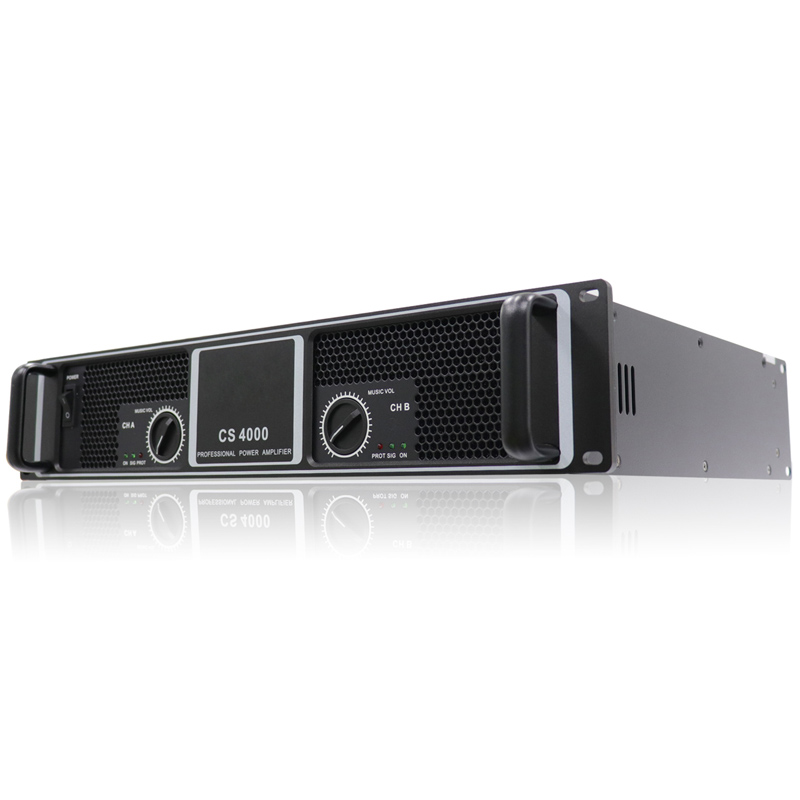
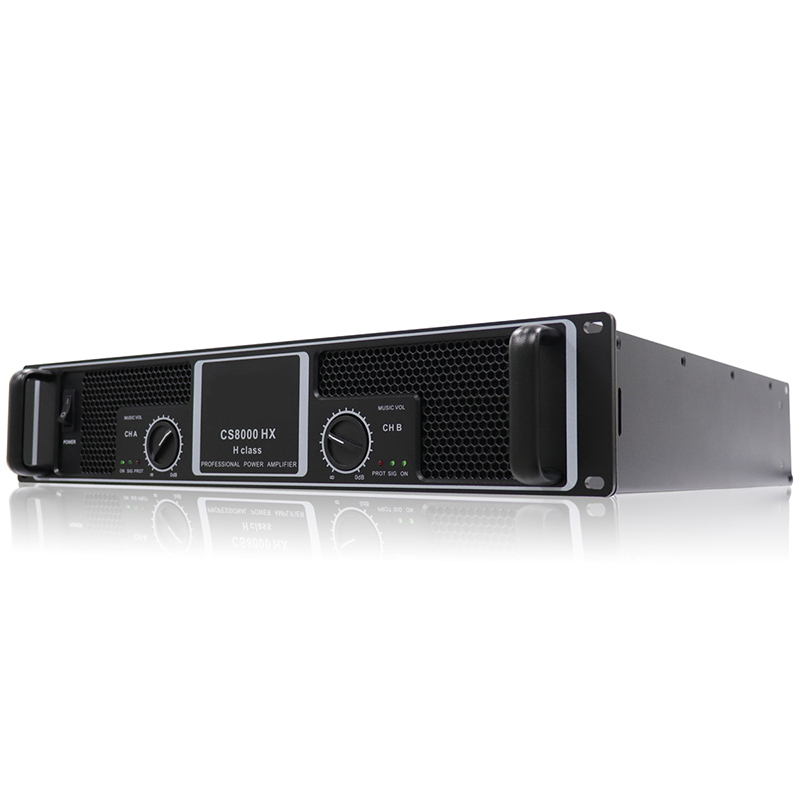

 Tel
Tel
 Email
Email
 Address
Address











